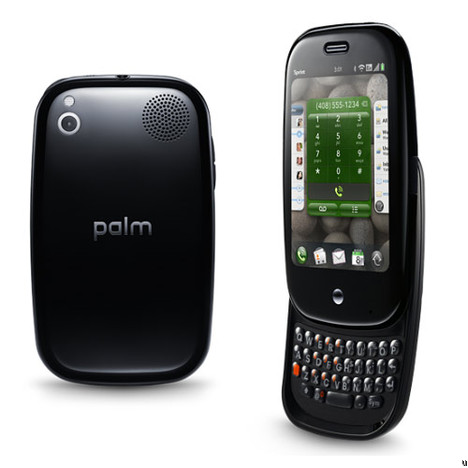| The firm's critically acclaimed WebOS mobile operating system was seen as Palm's prized asset and heavily influenced HP's decision to go ahead with the acquisition. HP said the combination of its "global scale and financial strength" with Palm's webOS platform "will enhance HP's ability to participate more aggressively" in the smartphone and connected mobile device markets. HP is no stranger to the smartphone market, having produced a variety of Windows Mobile-based iPaq smartphones for business users, which weren't particularly successful While the deal provides a lifeline for Palm, it remains to be seen whether HP can take two fairly unsuccessful smartphone business units and reinvigorate both companies' offerings, enabling them to compete on a global scale. The major competition for HP and Palm will come from Apple's hugely successful iPhone and the rise in popularity of handsets based on Google's Android operating system. Both are relative newcomers, so it will be interesting to see how Palm manages to compete with HP's backing. Brian Humphries, senior vicepresident of strategy and corporate development at HP, said HP plans to "double down on webOS" and intend to "scale it across multiple connected devices". Palm chairman and CEO Jon Rubinstein said he was "thrilled by HP's vote of confidence in Palm's technological leadership" and said the computer manufacturer was "the perfect partner to rapidly accelerate the growth of web OS". During the conference call following the acquisition's announcement, Todd Bradley, executive vice-president of HP's Personal Systems Group and the man tasked with overseeing Palm's integration into HP, | There have been suggestions that HP will drop Windows 7 from the HP Slate, a Tablet PC unveiled by Microsoft's Steve Ballmer earlier this year, in favour of webOS. A report on TechCrunch.com claimed that the decision had already been made because of disappointment with the performance and usability of Windows 7 in a touchscreen-only environment. These suggestions haven't been confirmed by HP, however, and it's not even clear if the HP Slate is still coming to market. However, it's unlikely that HP would release the Slate with webOS instead of Windows 7, as the two platforms have such widely different hardware requirements. HP chief executive Mark Hurd later announced that webOS would be making its way to both slate form factor devices and - somewhat bizarrely - webconnected printers soon after the deal has been closed, but didn't mention the Slate's fate. | The move to webOS on the company's Tablet devices would, in many ways, make good sense: one of the major reasons Apple's rival iPad slate has proved so popular is because of its custom-built streamlined operating system. For every user who bemoans at its limitations there are 10 who are happy that it is fast, attractive and just works. In contrast, HP's original decision to use Windows 7 would result in a more flexible - but more complicated - device. Of course, if H P can afford to develop two different slate platforms, there's no harm in that. Windows-based tablet PCs haven't enjoyed much success in the past, though, and, even with Windows 7's specific touchscreen optimisations, it's still an operating system primarily designed for keyboard and mouse inputs. Palm was one of the earliest smartphone manufacturers and has one of the most complex corporate histories ever. Palm originally created the Palm Pilot PDA and was acquired by US Robotics in 1995. US Robotics was bought by 3Com in 1997 and spun Palm off as its own entity in 2000. Palm then split itself in two: PalmOne became the handset manufacturer, while Palm Source was responsible for maintaining the operating system. To further complicate matters, several key members of the Palm board of directors left in 1998 to set up Handspring, a Palm OS PDA manufacturer. Handspring was purchased by PalmOne in 2003 and then, in May 2005, PalmOne bought all the rights to the Palm name and once again became Palm. In recent times, the company has struggled against rivals such as Apple, HTC and BlackBerry manufacturer | Research in Motion. | |














